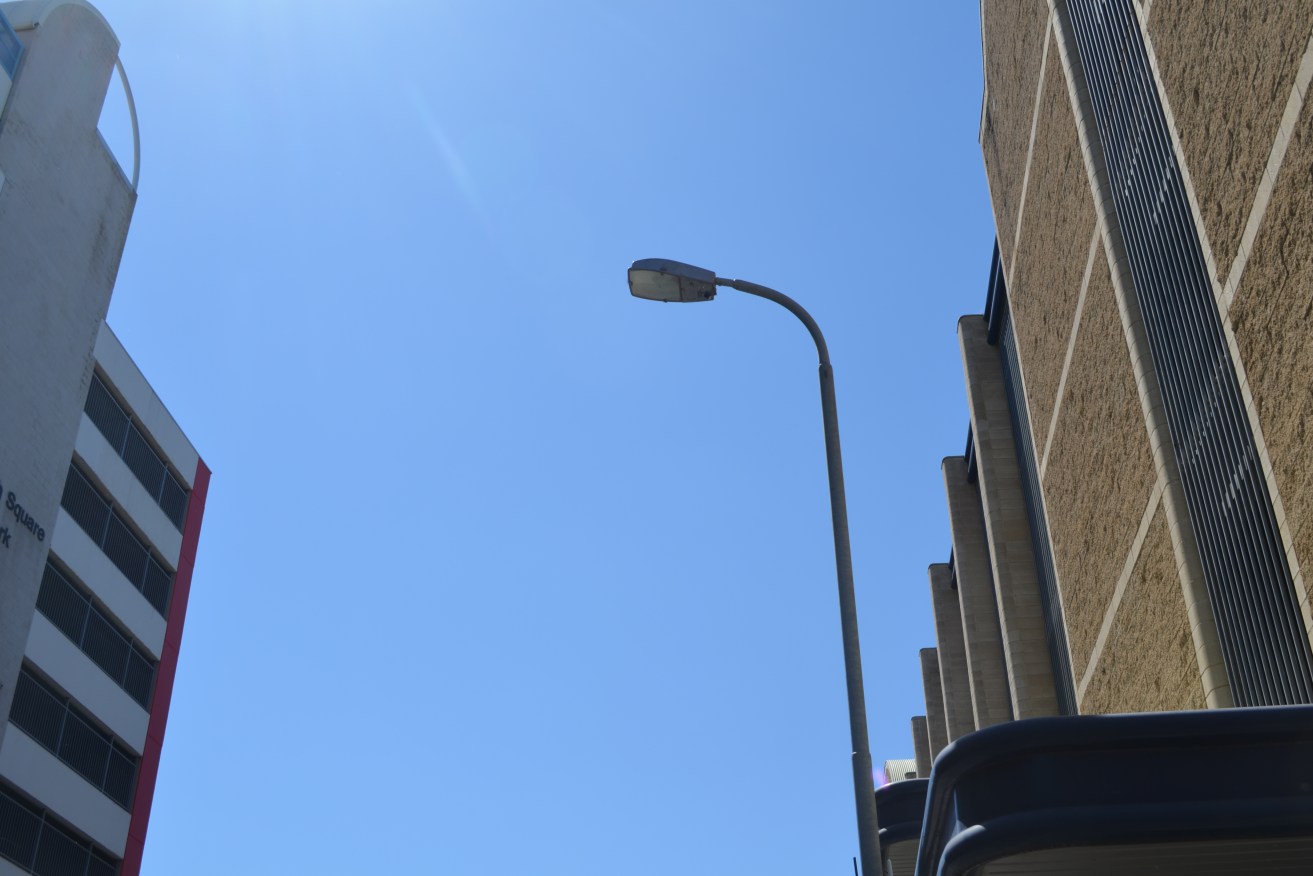SA Power Networks to refund millions ‘overcharged’ for street lighting
The Australian Energy Regulator says SA Power Networks has overcharged councils and the State Government for street lighting and will have to repay $13m – but the energy firm says the decision overturned previous pricing rules and set a “disturbing precedent” for business.


Photo: David Eccles/InDaily
The power watchdog today announced the repayment decision, after an investigation prompted by Local Government Association complaints about SA council public lighting bills.
The AER said the LGA in 2013 gave notice of dispute under the National Electricity Law concerning the charges for street lighting services provided by SAPN to 66 councils.
In 2016, the LGA called SA Power Networks a “questionable corporate citizen” over charges and deals for efficient LED street lighting, and an access dispute was lodged with the AER in 2017 on behalf of SA councils and the State Government.
The AER today announced that its inquiry had concluded that SAPN had over-recovered depreciation costs on its public lighting infrastructure from 2010-15, and would need to refund $13m to councils and the Department of Planning, Transport and Infrastructure (DPTI).
“After a careful process that included a direction to seek alternative dispute resolution, the AER has determined that SAPN had been overcharging its customers,” the AER said today in a statement.
AER board member Jim Cox said: “We have not made this determination lightly but have reflected carefully on the previous regulatory determinations, submissions made by the parties, and the regulatory regime in place at the time.”
“Street lighting is an invaluable community resource that should be delivered in safe and efficient manner,” he said.
But SAPN said the ruling overturned a 2009 by former state economic regulator the Essential Services Commission of SA (ESCOSA), upon which it had relied when determining the value of its assets when setting public lighting charges from 2010-15.
In a statement today, SAPN said the AER had a different assumption about the asset life of street lights than ESCOSA, when it should have been able to rely on the the 2009 ruling.
“To retrospectively change a decision made by another regulator ten years ago, and then charge us interest for the delay in determining this issue, is disappointing and an affront to fairness,” a spokesman said.
“We have concerns with the AER’s reasoning for its decision and the process it undertook to reach the determination, and we have raised these concerns directly with the AER.
“Regulation by retrospective decision making sets a disturbing precedent and can only add to the level of risk confronting participants in the energy sector. ”
The spokesman said SAPN had complied with past regulatory decisions, but was prevented under the current system from challenging AER’s determination.
“This means the AER cannot be held to account for its decision making, which is something that should be at the core of a well-balanced regulatory system that provides confidence to all who operate in it,” he said.
LGA president Sam Telfer said the decision was good for consumers.
“This is money that should never have been charged by SAPN in the first place, so we are pleased that it will now be returned to SA councils and DPTI,” he said.
“However, it is disappointing that the LGA had to spend several years pursuing this outcome through a costly process involving lawyers and the Australian Energy Regulator.
“The LGA has also been working to negotiate future tariff pricing and the roll-out of energy efficient LED technology. This process is expected to save councils between $10-30 million over the next five years.
“Providing public lighting is a significant cost for local government but, by working together through the LGA, councils are able to access savings that benefit ratepayers and drive downward pressure on council rates.”
The AER said its determination covered only the 2010-15 regulatory period, and the parties had to consider its implications for street lighting charges from 2015-2020.
The AER said it had if agreement could not be reached on how the refund should be made, the entire $13m sum would become a debt owed by SAPN to councils.
Want to comment?
Send us an email, making it clear which story you’re commenting on and including your full name (required for publication) and phone number (only for verification purposes). Please put “Reader views” in the subject.
We’ll publish the best comments in a regular “Reader Views” post. Your comments can be brief, or we can accept up to 350 words, or thereabouts.
InDaily has changed the way we receive comments. Go here for an explanation.




